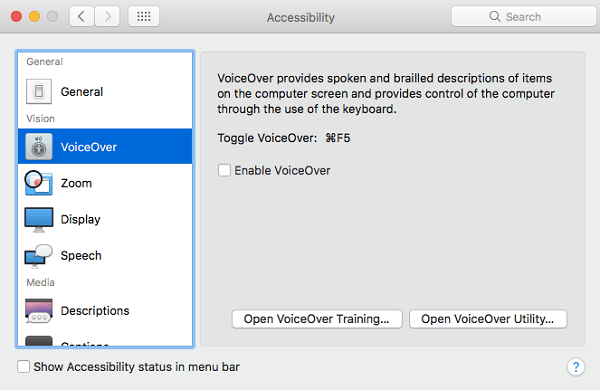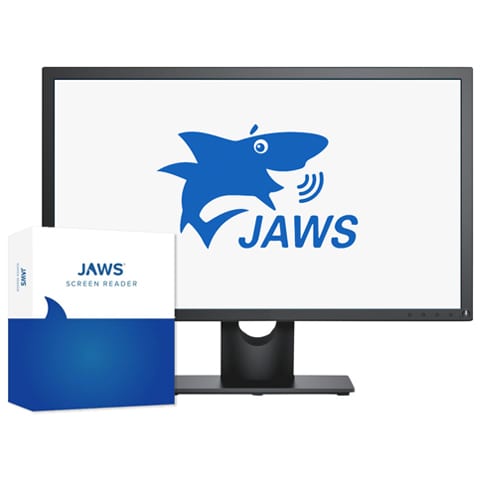

What kinds of disability are we looking at?
Did we mention it is also the law in some places?. In fact, everyone can benefit from many such improvements. Other good practices that improve accessibility also make your site more usable by other groups, such as mobile phone users or those on low network speed. Caring about accessibility demonstrates good ethics and morals, which improves your public image. Semantic HTML, which improves accessibility, also improves SEO, making your site more findable. Providing accessible sites is part of the law in some countries, which can open up some significant markets that otherwise would not be able to use your services or buy your products.īuilding accessible sites benefit everyone: We are all different, but we are all human, and therefore have the same human rights.Īccessibility is the right thing to do. Just as it is wrong to exclude someone from a physical building because they are in a wheelchair (modern public buildings generally have wheelchair ramps or elevators), it is also not right to exclude someone from a website because they have a visual impairment. You might also think of accessibility as treating everyone the same, and giving them equal opportunities, no matter what their ability or circumstances. We traditionally think of this as being about people with disabilities, but the practice of making sites accessible also benefits other groups such as those using mobile devices, or those with slow network connections. Express Tutorial Part 7: Deploying to productionĪccessibility is the practice of making your websites usable by as many people as possible. Express Tutorial Part 6: Working with forms. Express Tutorial Part 5: Displaying library data. Express Tutorial Part 4: Routes and controllers. Express Tutorial Part 3: Using a database (with Mongoose). Express Tutorial Part 2: Creating a skeleton website. Express tutorial: The Local Library website. Setting up a Node (Express) development environment. Express Web Framework (Node.js/JavaScript) overview. Express Web Framework (node.js/JavaScript). Tutorial Part 11: Deploying Django to production. Tutorial Part 10: Testing a Django web application. Tutorial Part 8: User authentication and permissions. Tutorial Part 6: Generic list and detail views. Tutorial Part 5: Creating our home page. Tutorial Part 2: Creating a skeleton website. Setting up your own test automation environment. Building Angular applications and further resources. Advanced Svelte: Reactivity, lifecycle, accessibility. Dynamic behavior in Svelte: working with variables and props. Vue conditional rendering: editing existing todos. Adding a new todo form: Vue events, methods, and models. Ember Interactivity: Footer functionality, conditional rendering. Ember interactivity: Events, classes and state. Ember app structure and componentization. React interactivity: Editing, filtering, conditional rendering. Client-side web development tools index. Assessment: Accessibility troubleshooting. CSS and JavaScript accessibility best practices. Accessibility - Make the web usable by everyone. CSS property compatibility table for form controls. Assessment: Adding features to our bouncing balls demo. 
Introducing JavaScript objects overview.
#SCREEN READER SOFTWARE IS AN EXAMPLE OF WHAT CODE#
Making decisions in your code - Conditionals.Basic math in JavaScript - Numbers and operators.Storing the information you need - Variables.What went wrong? Troubleshooting JavaScript.JavaScript - Dynamic client-side scripting.Assessment: Fundamental layout comprehension.Assessment: Typesetting a community school homepage.Assessment: Creating fancy letterheaded paper.Assessment: Fundamental CSS comprehension.HTML table advanced features and accessibility.From object to iframe - other embedding technologies.Assessment: Structuring a page of content.






 0 kommentar(er)
0 kommentar(er)
